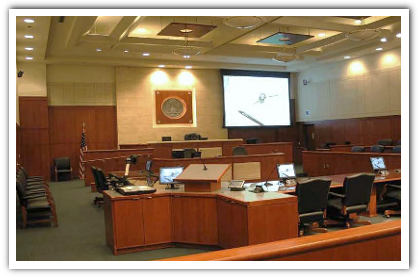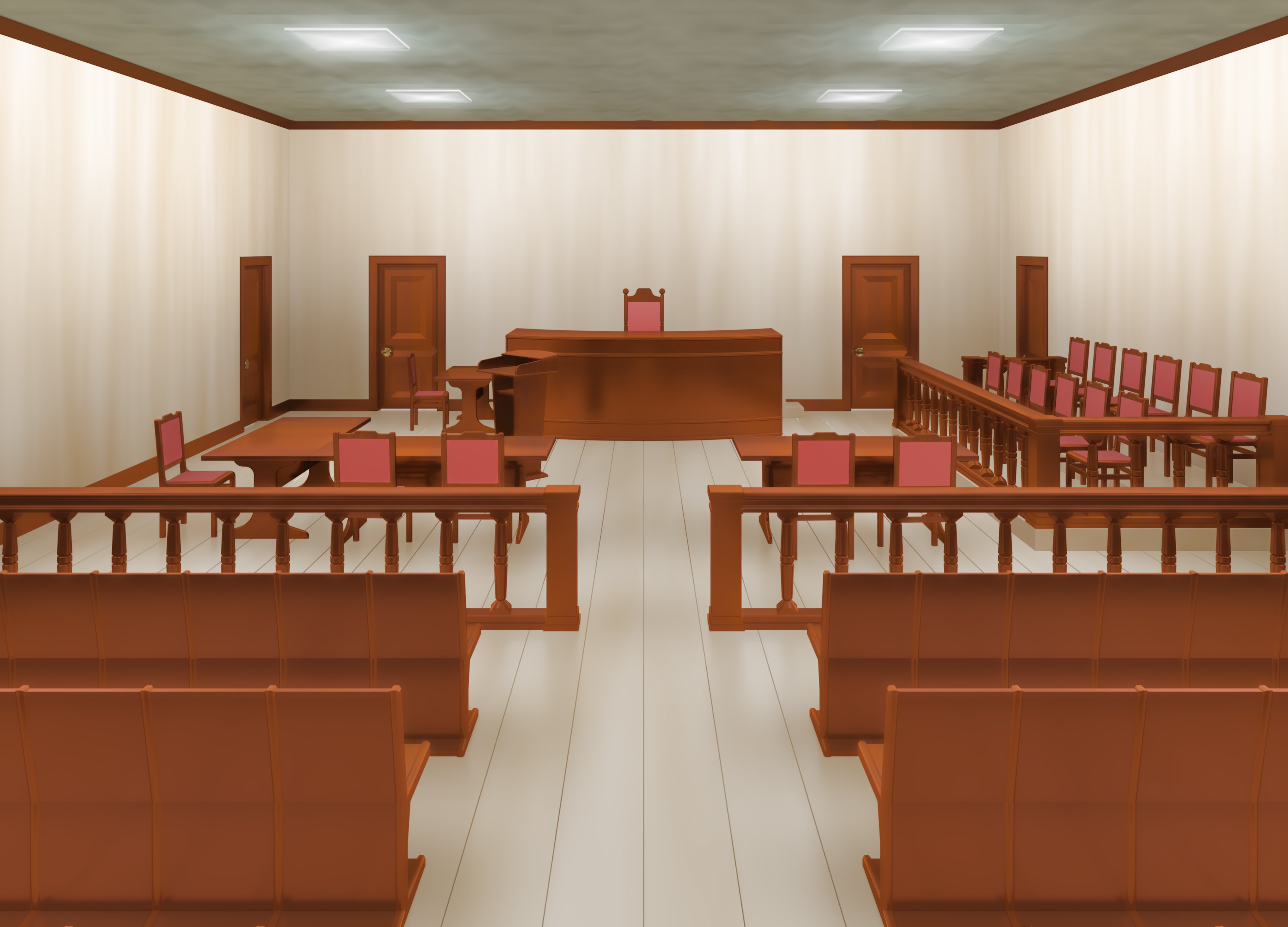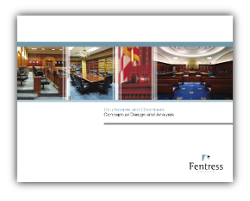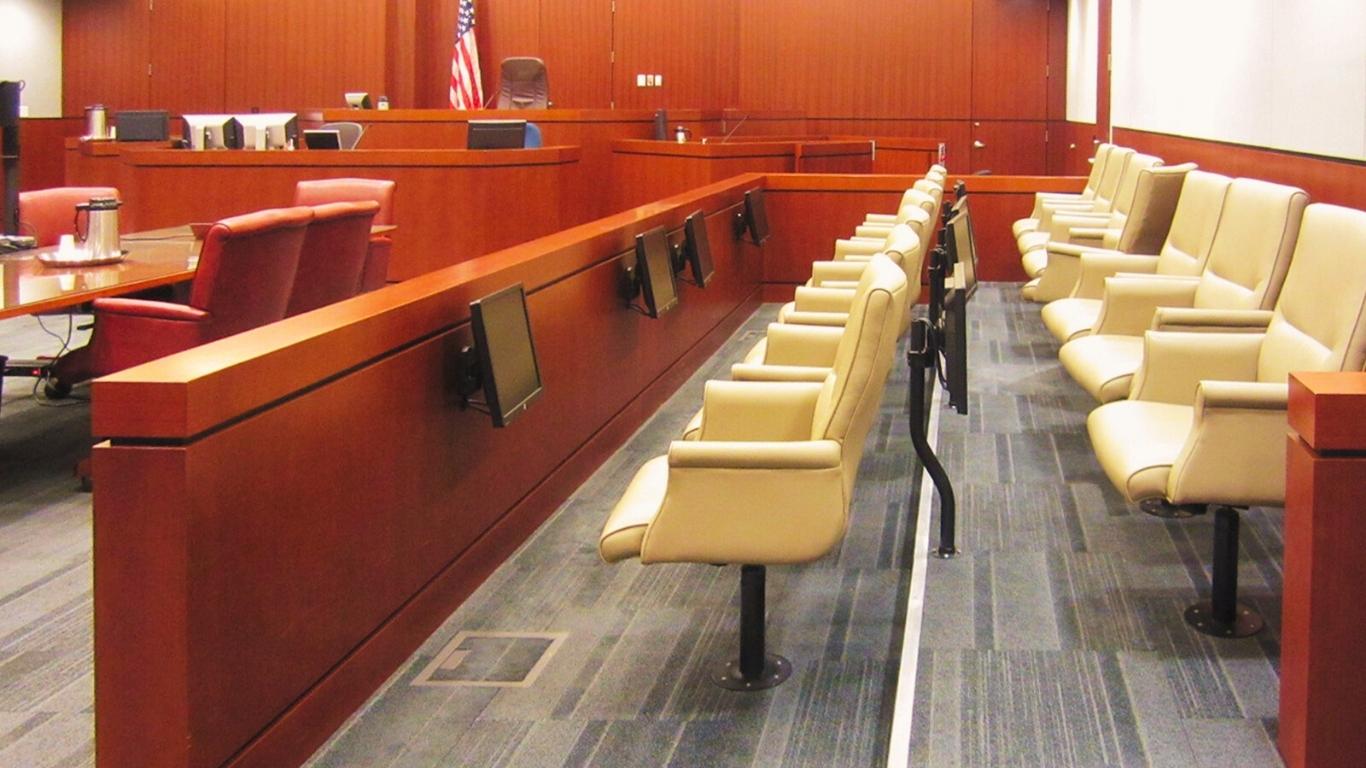When the use of flexible furniture and fixtures, as described in an earlier article, is not enough to provide adequate space in an undersized courtroom, it may be necessary to reduce the courtroom's user capacity.
 Limiting user capacity usually means reducing the seating available to the public. A typical courtroom has spectator seating for 30 or more participants, and a large ceremonial courtroom can accommodate 100 or more participants. The basic logic is that the functionality of the thriving area takes priority over spectator seating. Limiting the space for the spectators increases the space available for the well. Some court proceedings require ample spectator seating, so this solution does not apply to all types of courts.
Limiting user capacity usually means reducing the seating available to the public. A typical courtroom has spectator seating for 30 or more participants, and a large ceremonial courtroom can accommodate 100 or more participants. The basic logic is that the functionality of the thriving area takes priority over spectator seating. Limiting the space for the spectators increases the space available for the well. Some court proceedings require ample spectator seating, so this solution does not apply to all types of courts.
Spectator Seating and User Capacity
Limiting spectator seating can impact the shape of the resulting healthy area, which may present challenges. However, having flexible furniture and fixtures can enhance the functionality of even a narrow, rectangular well area. In an Idaho courthouse (see photo), equipment was set up in a courtroom with limited spectator seating. The overflow of spectators was moved to an adjacent courtroom where they could watch the proceedings on large flat-panel monitors. The high quality of the technology allowed spectators to observe the proceeding even though the user capacity in the courtroom conducting the trial was limited.
______________________________________________________
Click on the image to download our Courtrooms and Chambers: Conceptual Design and Analysis eBook.






















